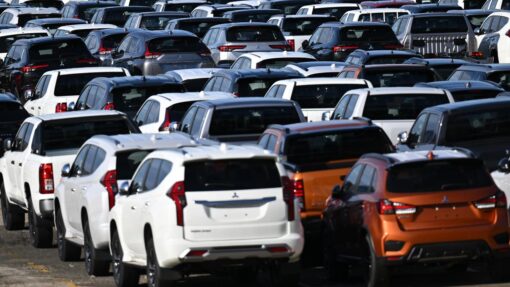Customer warning over illegal e-bikes
Jennifer Dudley-Nicholson |

Electric bike buyers have been warned to check vehicles are “street legal” after Australian retailers were found selling bicycles too powerful to be used in public.
Representatives from e-bike firm Zoomo sounded the alarm during the Christmas period after finding several stores selling e-bikes capable of breaking national speed limits, potentially misleading buyers about their use.
But an e-bike industry expert said the rules needed to be updated, and speed limits raised, to ensure the safety of cyclists and pedestrians.
Zoomo chief operating officer Jules Flynn raised the issue after discovering several instances where electric bikes were being sold with “non-compliant” features or capable of travelling faster than legally allowed in public.
Under national laws, e-bike motors must be limited to 250 watts, must assist only up to 25 kilometres an hour, and must be activated by pedalling rather than with a throttle in order to be used in public.
But Mr Flynn said some Australian stores were selling e-bikes capable of higher speeds, even though they were advertised for on-road use.
“We want to make sure that e-bikes continue to grow and continue to be seen as a positive, safe mode of transportation,” he said.
“As a consumer, you can be led astray and the most effective intervention is better enforcement on the retail side. There may be an opportunity to enforce the rules more completely.”
While it is not illegal to import vehicles with higher speed limits for use on private property, Mr Flynn said some e-bikes were being misrepresented as street bikes to buyers.
In one example, an Australian online store advertised a cargo e-bike capable of 40 km/h speeds as one that would help with “your delivery job”.
Bicycle Industries Australia general manager Peter Bourke said the issue was causing problems within the industry, both for buyers looking for legally compliant road e-bikes and riders looking for safe, fast vehicles.
Mr Bourke said the 25 km/h e-bike speed limit was adopted in 2012 based on European standards and had not been reviewed even though many riders wanted a higher limit for use on roads with traffic.
“From an industry point of view, we would love to see 32 km/h adopted, which is the American model,” he said.
“We understand on a shared path 32 km/h is very fast but when you’re sharing the road that speed makes riders feel safer as they’re able to move with the traffic.”
Mr Bourke said buyers looking for an e-bike to ride on public streets and paths should ask for a “road legal” model, and check for a compliance sticker or plate with the code EN15194.
AAP


